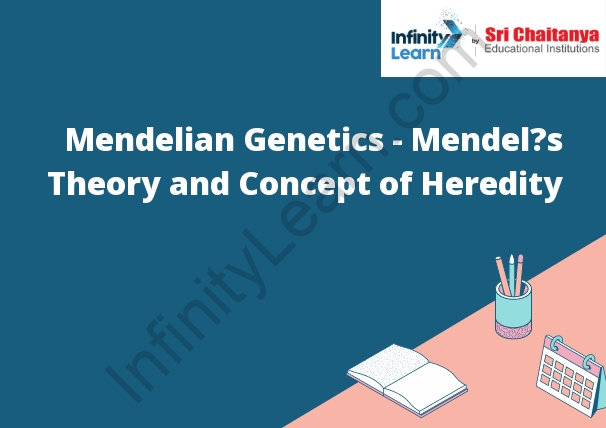Table of Contents
What is Mendel’s Theory of Genetics?
Mendelian genetics is the study of genes and their behavior in the transmission of hereditary characteristics from parent to offspring. Gregor Mendel, an Augustinian monk, is considered the father of modern genetics because of his experimental work with peas in the mid-1800s. Mendelian Genetics – Mendel’s Theory .
Mendelian genetics is based on the principle of segregation, which states that the genetic characteristics of a parent are divided between the gametes (sperm and egg cells) in a predictable way. The principle of independent assortment states that the genetic characteristics of each gene are sorted into gametes independently of the genetic characteristics of other genes.
This combination of principles explains the patterns of inheritance that Mendel observed in his experiments with peas. For example, Mendel observed that the inheritance of one characteristic (such as seed shape) did not affect the inheritance of another characteristic (such as seed color). He also observed that the inheritance of a characteristic was determined by the combination of genes that the parent organism possessed.

Pre-Mendelian Concept of Heredity
The pre-Mendelian concept of heredity is the idea that characteristics are passed down from parents to their offspring through a mysterious force called inheritance. This force was thought to be a blend of the parents’ characteristics, which was then passed down to their children. This concept was based on the idea of blending inheritance. What was Mendel’s Experiment?
Mendel’s Experiment was a study of the inheritance of traits in plants. Mendel chose pea plants because they have many easily observable traits, including flower color, seed shape, and pod color. He crossed two pea plants that had different traits, such as yellow and green flowers, and then observed the offspring to see which traits were inherited.
The Laws of Mendelian Inheritance
The Mendelian laws of inheritance are the basic principles of genetics. It govern how traits are passed from one generation to the next.
The most important of Mendel’s laws is the principle of segregation, which states that each trait is passed down by a pair of genes, one from each parent. These genes are randomly assorted during fertilization, so the offspring inherits a combination of genes from both parents.
The principle of independent assortment states that the genes for different traits are passed down independently of each other. This means that the offspring of a cross between two parents with different traits will not necessarily inherit both traits.
Concept of Heredity
The study of heredity is the study of how physical and behavioral characteristics are passed from parents to their offspring. Heredity is determined by the genes that are passed from parents to their children. Genes are the units of heredity that determine the physical and behavioral characteristics of an organism. Genes are passed from parents to their children through the process of reproduction.
Heredity’s Fundamental Characteristics
Heredity is the passing of genetic information from parents to their offspring. Heredity also influences our susceptibility to certain diseases.
Mendelian Genetics – Mendel’s Theory.







